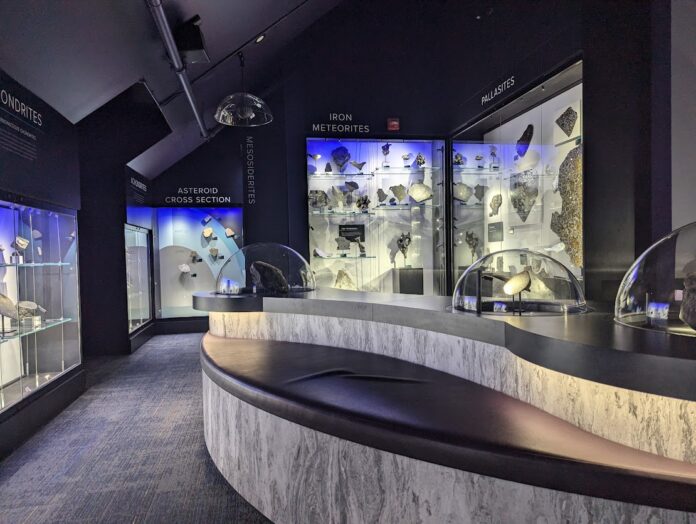Here we look at interactive museum design. I also learn about “free-choice” visitors.
“Building museum sustainability through visitor-centered exhibition practices” Excerpt
“Given that art museums are passionate about art but are experiencing funding challenges, I suggest that museums seek new audiences and sources of support by adopting visitor-centered exhibition practices (what they could do best). Supported interpretation is such a practice. It is a new model for museum exhibitions that uses a team curatorial process incorporating both the educational and exhibition functions of a museum. The exhibition is reconceptualized as an interface, or point of interaction between the museum and its visitors. The interface is imbedded with resources—mostly non-text-based—from which free-choice visitors, regardless of their prior knowledge, may choose to support their own interpretations (Villeneuve & Erickson, 2011). As explained in Villeneuve and Erickson (2012), supported interpretation represents a step beyond the constructivist museum in which visitors hold the responsibility for constructing their own meanings. By contrast, SI anticipates visitors’ needs to know and embeds appropriate resources in the exhibition interface that they may choose from to support their interpretations. By connecting visitors with art in this way, an SI exhibition provides for personalized meaning- making rather than conveying authoritarian knowledge or leaving visitors to fend for themselves. Supported interpretation requires a team-curatorial process that attends to both art and visitors. The curatorial team works together from exhibition conception through opening and evaluation and includes education, curatorial installation, and other museum staff, as well as appropriate community representatives. There is an on-going consideration of visitors, who are respected as capable and curious, but not presumed to have specialized knowledge about art. The interface is developed to enable a range of individualized and active learning among free-choice visitors, incorporating appropriate and necessary content (art, history, etc.) in mostly non-didactic ways. Visitor participation or feedback is integral to SI and shared within the exhibition (Villeneuve & Erickson, 2012), giving voice to visitors and conveying the message that they are important to the museum.” (Villeneuve 2013).
.
REVIEW
This article is very much in the sphere of interactive museum design. I find this article interesting because of the autonomy it stresses to the viewer of the art. It discusses how an exhibition should facilitate the viewer to engage without relying on them to do it themselves. By considering ways to create interaction, or touch points, in the exhibit itself, you facilitate deeper thinking and connection to the exhibit. This is important to me in fostering that sense of community and connectiveness in my eventual capstone project. It stresses the importance of providing some sort of structure to get users thinking in a way that they may not if they choose to not interact. I also appreciate the term “free-choice visitors,” which lets me think about how users have a choice to interact or not, and either is okay! A lot of my articles talk about being present for a number of different identities, which while important, is maybe not the most realistic for the scope of one project. If I can narrow down a specific group, then I can promote a space that those free-choice visitors can visit and interact with my capstone project.
REFERENCES
Villeneuve, P. (2013). Building museum sustainability through visitor-centered exhibition practices. The International Journal of the Inclusive Museum, 5(4), 37-50. https://doi.org/10.18848/1835-2014/CGP/v05i04/44413




